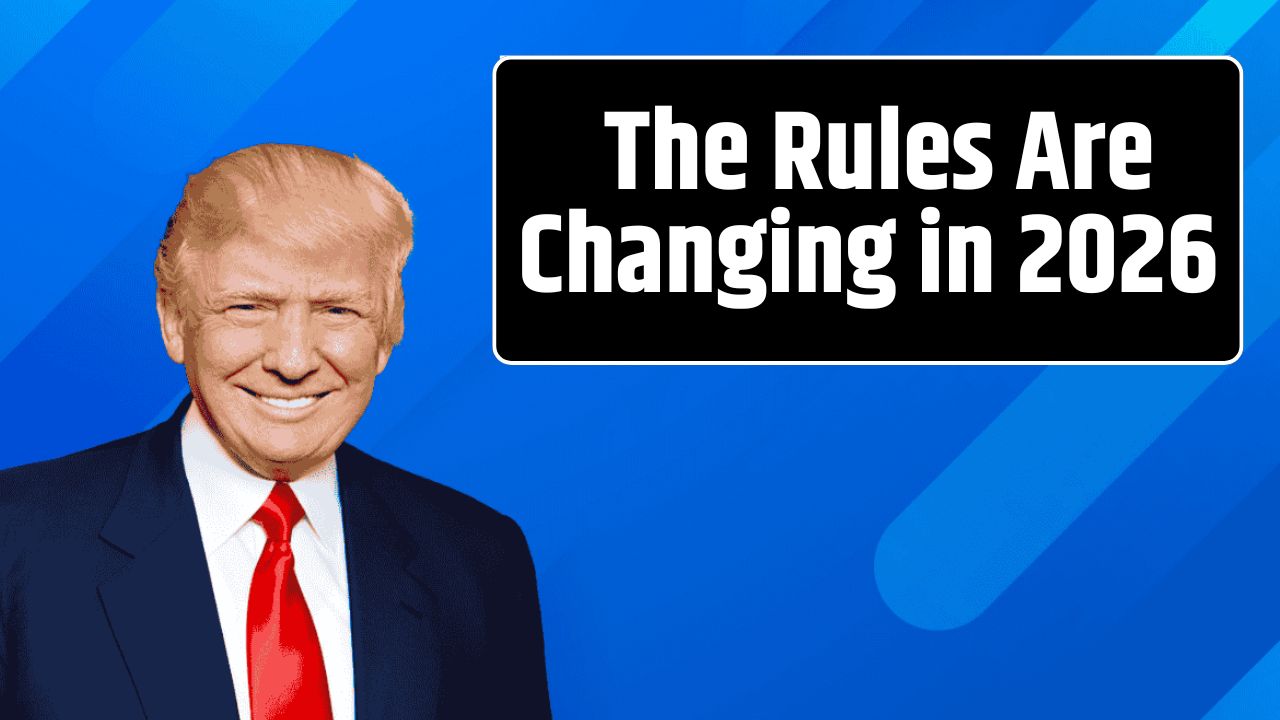For the past few months, inflation has been a slow burn for older Americans — not the runaway price surge of 2022, but a steady squeeze on wallets that never quite rebounded. Now, Democratic lawmakers are trying to throw seniors a lifeline: a $200-a-month boost to Social Security benefits, paired with a long-term fix to how cost-of-living adjustments are calculated.
The two bills — the Social Security Emergency Inflation Relief Act and the Boosting Benefits and COLAs for Seniors Act — landed in Congress last week with backing from prominent Democrats, including Senators Elizabeth Warren, Kirsten Gillibrand, Ron Wyden, and Chuck Schumer.
If enacted, they’d deliver one of the biggest expansions of Social Security in decades — and potentially reshape how retirement benefits keep pace with the economy.
What the $200 Boost Would Do
Under the Social Security Emergency Inflation Relief Act, all Social Security and veterans’ beneficiaries would receive a $200 monthly increase through July 2026.
That would mean an extra $2,400 per year for the roughly 50 million retirees currently drawing Social Security — not counting millions of disabled workers and survivors who would also qualify.
| Program | Proposed Increase | Duration | Sponsors |
|---|---|---|---|
| Social Security Emergency Inflation Relief Act | $200 per month | Until July 2026 | Warren, Gillibrand, Wyden, Schumer |
| Boosting Benefits & COLAs for Seniors Act | Revises COLA formula (CPI-W → CPI-E) | Permanent | Gillibrand, Warren, others |
The short-term payments would function almost like a mini stimulus program, designed to cushion older Americans against inflation that’s still running above pre-pandemic levels.
In a joint statement, Sen. Warren framed it bluntly:
“While Donald Trump sends $40 billion to Argentina, I’m proposing sending American seniors an extra $200 a month to offset higher prices. The cost of everything from coffee to beef to health care is up, in large part due to Trump’s chaotic tariffs.”
The White House, meanwhile, told Newsweek that President Trump (referenced in the bill summary) “will always protect and strengthen Social Security,” citing his earlier support for reducing taxes on Social Security benefits.
The Inflation Pressure Behind the Push
The timing isn’t accidental. The U.S. inflation rate climbed back to 3% in September, up from 2.9% in August — its highest reading since January, according to the Bureau of Labor Statistics. And while headline numbers have cooled from 2022’s peak, costs for essentials like rent, healthcare, and groceries remain stubbornly high.
The average Social Security benefit stood at $2,008 in August 2025, per SSA data. That’s roughly $400 higher than five years ago — but inflation has eaten away most of the gains.
For retirees living on fixed incomes, even a modest 3% bump can feel meaningless when prescription costs or insurance premiums outpace it.
The new bill’s $200 boost would be in addition to the annual 2.8% Cost-of-Living Adjustment (COLA) already set for 2026, announced by the Social Security Administration (SSA) in October.
The Bigger Reform: Changing the COLA Formula
The second proposal — the Boosting Benefits and COLAs for Seniors Act — goes beyond a one-time bump. It would change how future cost-of-living adjustments are calculated.
Right now, the SSA uses the Consumer Price Index for Urban Wage Earners and Clerical Workers (CPI-W) to determine annual benefit increases. The problem? CPI-W tracks spending patterns of younger, working Americans — not retirees.
The bill proposes switching to the Consumer Price Index for the Elderly (CPI-E), which focuses on households aged 62 and older. CPI-E gives greater weight to healthcare and housing costs — the very expenses rising fastest for seniors.
Economists at the Center for Retirement Research at Boston College have long argued that this switch would result in slightly higher annual COLAs over time, better reflecting retirees’ true cost burdens.
The Numbers Behind the Discontent
If you want to understand the political urgency, just look at the polling.
A study by The Senior Citizens League (TSCL) earlier this year found that:
- Only 10% of seniors said they were satisfied with their monthly Social Security payments.
- 73% relied on Social Security for more than half their income.
- Over 40% said inflation had forced them to cut back on medication or delay medical visits.
Shannon Benton, TSCL’s executive director, put it plainly:
“Seniors are calling on Congress to take immediate action to strengthen COLAs. A 3% minimum adjustment or a CPI-E index would help ensure Americans can retire with dignity.”
Political Reactions
The proposals have energized Democrats eager to show they’re tackling affordability head-on, especially among older voters — a group that’s been drifting conservative in recent elections.
Sen. Kirsten Gillibrand framed the bills as both moral and economic imperatives:
“Our seniors have spent a lifetime paying into Social Security, but the payouts simply aren’t keeping up with rising costs. These bills would help ensure that older Americans don’t have to choose between medication and groceries.”
Republican lawmakers, meanwhile, haven’t rallied behind the plan. Fiscal conservatives argue the proposal would worsen the Social Security trust fund shortfall, projected to face depletion by 2034, according to the 2025 Trustees Report.
If the bills pass as written, they’d add billions in new outlays at a time when long-term solvency is already under strain. That tension — between immediate relief and fiscal reality — will likely dominate the coming debate.
What Happens Next
Both bills are still in the Senate Committee on Finance, where hearings are expected later this winter. Even if they clear the Senate, passing the House — currently controlled by Republicans — will be an uphill fight.
Still, Democrats are framing the effort as a message bill — a way to highlight the growing gap between stagnant retiree income and a persistently expensive economy.
If the $200 boost fails to pass, lawmakers could pursue smaller measures, such as indexing benefits to CPI-E or creating temporary “inflation relief” bonuses for low-income seniors.
Either way, Social Security is back in the spotlight — not as a distant budget issue, but as a live affordability debate.
FAQs:
Has the $200 increase been approved yet?
No. It’s only proposed legislation — not law. Congress would need to pass the bills and the President would have to sign them.
Who would qualify for the $200 boost?
If enacted, all Social Security and veterans’ benefit recipients would be eligible through July 2026.
When would payments start?
That depends on when — or if — Congress passes the law. As of now, there’s no timeline.









